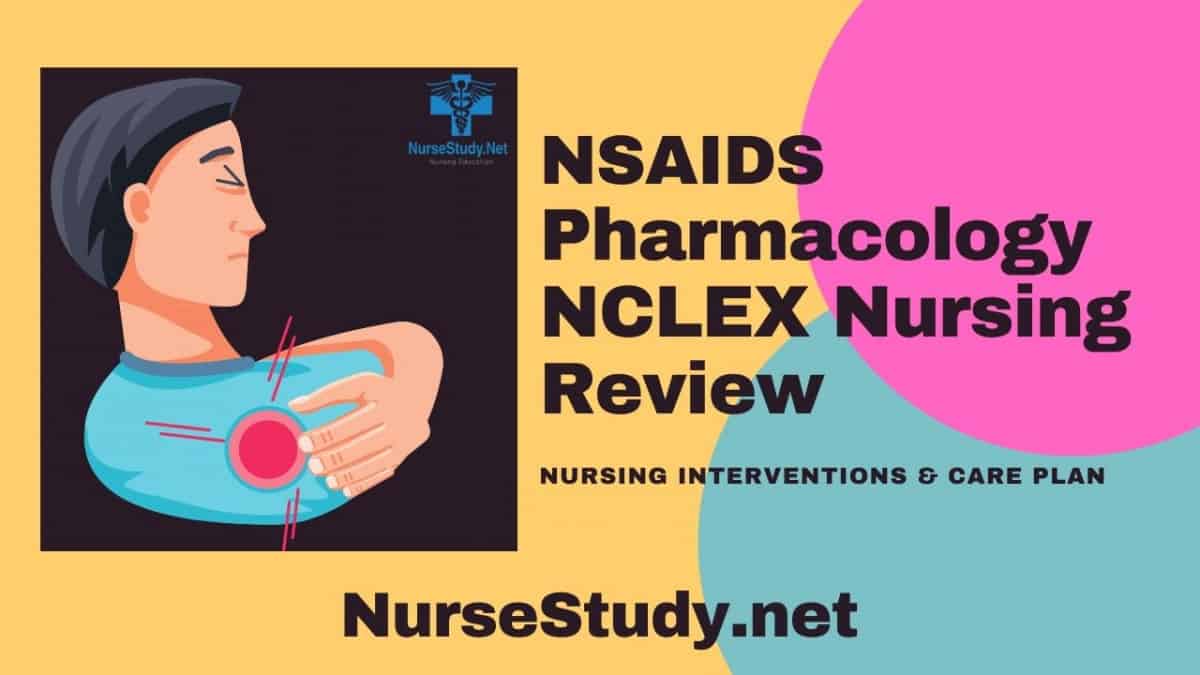Non-steroidal anti-inflammatory Drugs (NSAIDs) are a class of medications widely used for their analgesic, antipyretic, and anti-inflammatory properties. They are commonly prescribed for various conditions involving pain and inflammation.
Generic names: Ibuprofen, Naproxen, Celecoxib, Diclofenac, Meloxicam
Brand names: Advil, Motrin (Ibuprofen), Aleve (Naproxen), Celebrex (Celecoxib), Voltaren (Diclofenac), Mobic (Meloxicam)
Pharmacologic class: Non-steroidal anti-inflammatory drugs
Therapeutic class: Analgesic, antipyretic, anti-inflammatory
Mechanism of action: NSAIDs work by inhibiting cyclooxygenase (COX) enzymes, which are responsible for the production of prostaglandins. This inhibition leads to reduced inflammation, pain, and fever.
Indications for use: Mild to moderate pain, inflammation associated with conditions such as arthritis, headaches, menstrual cramps, muscle aches, and fever reduction.
Precautions and contraindications: Hypersensitivity to NSAIDs, history of gastrointestinal bleeding or ulcers, severe heart failure, severe liver disease, third trimester of pregnancy, and children under specific ages (varies by drug).
Drug Interactions
- Anticoagulants (warfarin): Increased risk of bleeding
- ACE inhibitors and ARBs: Reduced antihypertensive effect
- Diuretics: Reduced diuretic effect
- Methotrexate: Increased methotrexate toxicity
- Lithium: Increased lithium levels
- Aspirin: Reduced cardioprotective effects of aspirin
Adverse Effects
- Gastrointestinal: Nausea, dyspepsia, gastric ulcers, GI bleeding
- Cardiovascular: Increased risk of heart attack and stroke
- Renal: Acute kidney injury, fluid retention
- Hematologic: Increased bleeding risk
- Dermatologic: Rash, pruritus
- Hepatic: Elevated liver enzymes
- Respiratory: Bronchospasm (in aspirin-sensitive asthmatics)
Administration Considerations
Available preparations: Tablets, capsules, oral suspensions, topical gels, and patches.
Dosages: Vary by specific drug and indication. Always refer to current drug references for precise dosing information.
Route: Primarily oral, some available as topical or parenteral formulations.
Nursing Considerations for NSAIDs
Related Nursing Diagnoses
- Acute pain
- Chronic pain
- Risk for impaired skin integrity related to NSAID-induced gastric ulceration
- Risk for bleeding related to NSAID use
- Deficient knowledge related to proper use and potential side effects of NSAIDs
Nursing Assessment
- Assess for allergies to NSAIDs or aspirin.
- Evaluate pain intensity, location, duration, and any associated symptoms.
- Assess for risk factors such as history of GI bleeding, cardiovascular disease, or renal impairment.
- Review current medications for potential interactions with NSAIDs.
- Assess baseline vital signs, particularly blood pressure.
- Evaluate for signs of GI bleeding: abdominal pain, dark stools, or hematemesis.
Nursing Interventions
- Administer NSAIDs with food or milk to reduce GI irritation.
- Monitor for signs of GI bleeding or ulceration, especially in high-risk patients.
- Regularly assess pain relief and anti-inflammatory effects.
- Monitor blood pressure, as NSAIDs can increase blood pressure in some patients.
- For patients on long-term NSAID therapy, periodically check renal function and CBC.
- Be prepared to discontinue NSAID and notify the healthcare provider if signs of allergic reaction, GI bleeding, or other severe side effects occur.
Patient Teaching Associated with NSAIDs
- Instruct patients to take NSAIDs with food or milk to minimize stomach upset.
- Educate about the importance of not exceeding the recommended dose or duration of therapy without consulting a healthcare provider.
- Advise patients to avoid alcohol consumption while taking NSAIDs to reduce the risk of GI bleeding.
- Teach patients to recognize and report signs of GI bleeding, such as black, tarry stools, coffee-ground vomitus, or severe abdominal pain.
- Instruct patients to inform all healthcare providers about their NSAID use, especially before any surgical procedures.
- Educate about potential cardiovascular risks, particularly in patients with a history of heart disease or stroke.
- Advise patients to stay hydrated and monitor for signs of kidney problems, such as changes in urination patterns.
- Instruct patients to avoid combining different NSAIDs unless directed by a healthcare provider.
- For topical NSAIDs, teach proper application techniques and advise against touching broken or irritated skin.
- Emphasize the importance of regular follow-ups, especially for patients on long-term NSAID therapy.
This comprehensive guide to NSAID nursing considerations highlights nurses’ critical role in safe and effective NSAID administration.
Nurses can provide optimal patient care and education by understanding the pharmacology, potential interactions, and side effects of NSAIDs, promoting better outcomes, and reducing risks associated with these commonly used medications.
References:
- Crofford, L. J. (2013). Use of NSAIDs in treating patients with arthritis. Arthritis Research & Therapy, 15(Suppl 3), S2. https://arthritis-research.biomedcentral.com/articles/10.1186/ar4174
- Wongrakpanich, S., Wongrakpanich, A., Melhado, K., & Rangaswami, J. (2018). A Comprehensive Review of Non-Steroidal Anti-Inflammatory Drug Use in The Elderly. Aging and Disease, 9(1), 143-150. https://www.aginganddisease.org/EN/10.14336/AD.2017.0306
- Moore, N., Duong, M., Gulmez, S. E., Blin, P., & Droz, C. (2019). Pharmacoepidemiology of non-steroidal anti-inflammatory drugs. Therapie, 74(2), 271-277. https://www.sciencedirect.com/science/article/abs/pii/S0040595718302476
- Ghlichloo, I., & Gerriets, V. (2021). Nonsteroidal Anti-inflammatory Drugs (NSAIDs). In StatPearls. StatPearls Publishing. https://www.ncbi.nlm.nih.gov/books/NBK547742/
